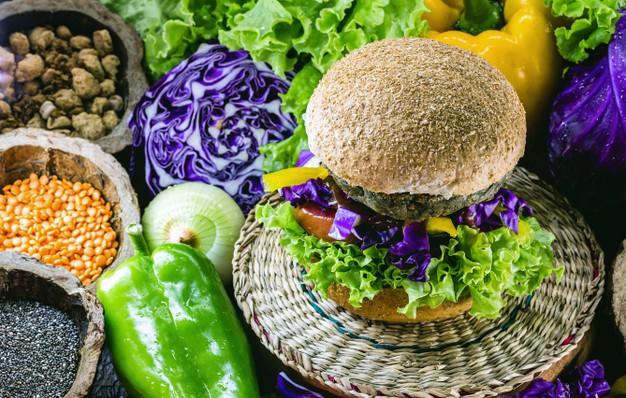You may think that moving on to a plant-based diet is a great thing, but it can be downright overwhelming when to think about where to start.
Plant-based diets are known for their health benefits. It is one of the most powerful steps you can take to improve your body, boost energy levels, and prevent chronic lifestyle diseases.
Let’s see a few tricks and tips which can help you to start a plant-based diet:
- Eat a lot of vegetables
Vegetables are one of the primary sources of plant-based foods. Try to fill your plate with vegetables. Make sure to choose many colorful vegetables. It can either be cooked or eaten in a raw form.
- Have a different perspective on meat and its products
Plant-based diets don’t avoid meat and its products completely. So, try to have smaller amounts and limit the use of meat and its products.
- Include more whole grains
Whole grains like oatmeal, quinoa, buckwheat, barley are nutritious and more in raw form. This is rich in nutrients and can be consumed with some yogurt and fresh-cut fruits or seeds and nuts.
- Choose greens
Greens like kale, broccoli, spinach, swiss chard among others can be steamed, grilled, braised, or even can be incorporated with other recipes. This preserves the flavor and nutrients.
- Go for good fats
Fats like olive oil, nuts, and nut butter, seeds, avocados are rich in healthy fats. These healthy fats have less saturated fats and cholesterol. Healthy fat oil can be used in recipes by replacing unhealthy oils.
- Have more servings of vegetables and fruits
Try to include fruits and vegetables in every serving of your diet. It can be added with the main recipe or as an accompaniment dish.
- Try to have products in raw form
Raw foods are the most nutritious form of a plant. Fruits are raw and will help to satisfy your craving for a sweet bite after a meal. It can be any fruit like apple, peach, or watermelon. Have it as a dessert.
- Have adequate water
Drinking enough water is important for maintaining the electrolytes of the body. Since most of the fruits and vegetables are rich in water. Make a count of your water intake each day.
- Build a meal
Always plan breakfast and lunch as the largest meal of the day. Include a mix of ingredients like legumes, beans, fruits, and vegetables. The evening meal should be light or eliminated if possible. Always choose foods that are easily digested for dinner and eat a few hours before bedtime to promote a night of restful sleep. Have a small sandwich or fruit.
- Avoid processed foods
Processed foods should be completely avoided and switch to unprocessed food sources high in protein, complex carbohydrates, and fats. This will help to keep your blood sugar stable.
Having a balanced diet rich in plant sources can be one of the best diets if our goal is to live a life that is full of pleasure, sparing of physical impairment, and rich in mental health. Anyone can kickstart a plant-based following these tips and tricks.

